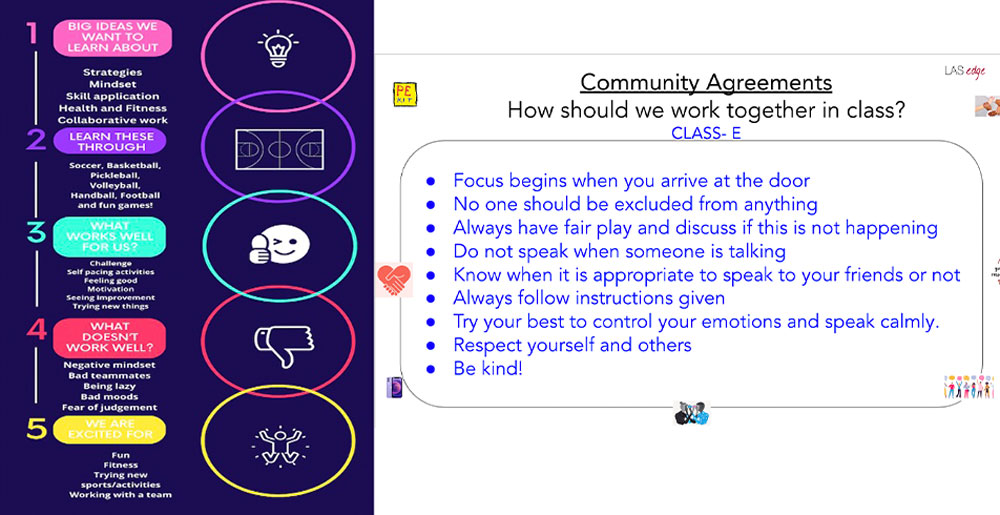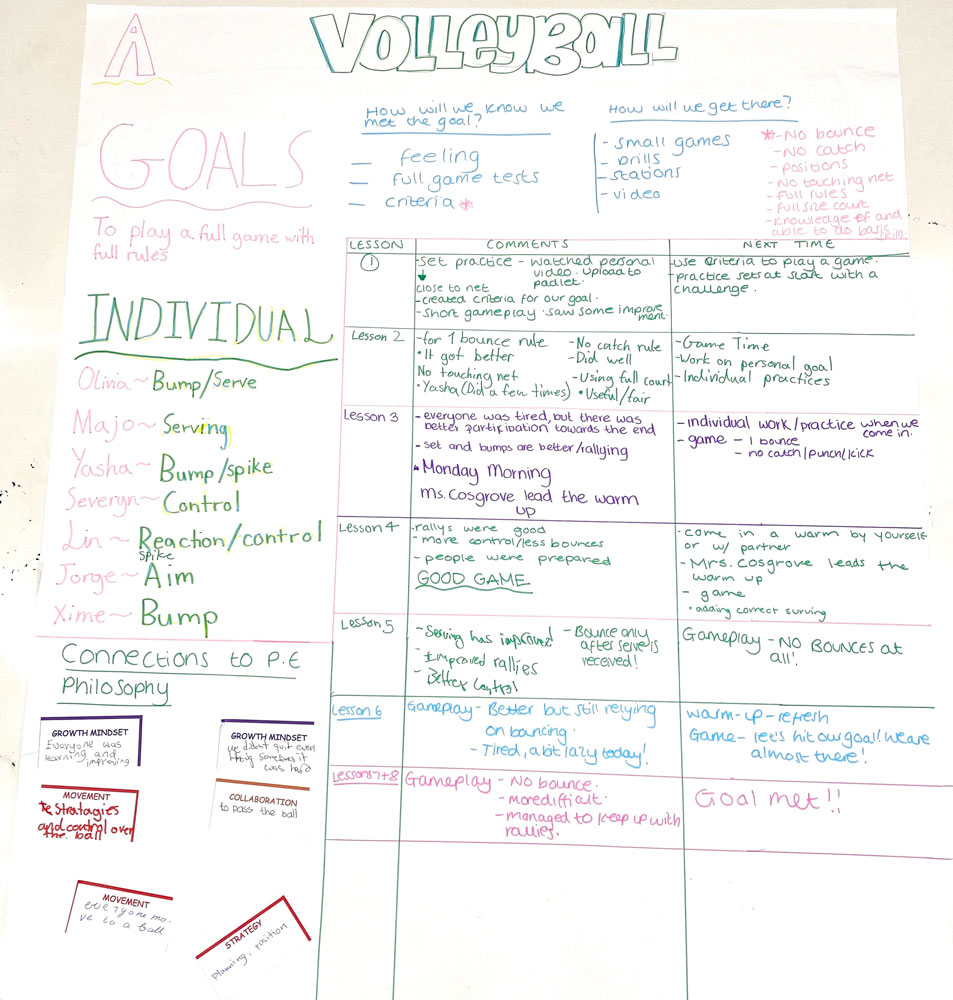
Teaching is a continuous learning process, and no teacher is ever fully "done" with training. While experience brings reflection and improvement, it can also lead to becoming too comfortable with a preferred teaching method. This rigidity can result in students having to adapt to the teacher's style, rather than the teacher adapting to the students' needs. I, like many colleagues, have fallen into this trap on many occasions. I believe that one reason we see this is due to teachers being trained at different times and under varying educational philosophies. Although new research is constantly emerging, we often lack the time to fully engage with or implement it, especially with an appropriate work life balance. Our needs have shifted to searching for quick, practical strategies that can be easily adapted and successfully applied in the classroom.
This led me to thinking about my own personal interests around student-centered teaching and learning. Over the past five years, through my own research, trial and error, and insights from colleagues, I’ve worked to shift the way my students approach and engage with their learning. My goal is to share what I’ve learned during this time to help other teachers, offering practical strategies to either start or enhance student-centered teaching methods. While these strategies are particularly tailored for physical education, they are adaptable to any subject area.
I began with this Google survey and used Canva to present the results in a clear, student-friendly format displayed in class. With this, we established class norms together, making logistical rules—like bringing your kit and being on time—non-negotiable. This allowed for deeper discussions on "how should we work together?" guided by points three and four from the survey. It is never too late to begin this. Whether you are at the start of the year or not, your students will know that you care, and often that is all they need!

(From left to right) Examples of a survey and a community agreement. (Photo source: Nicola Cosgrove)
Getting to know a class requires more than just data; you need to immerse yourself in the dynamics. Over the first two weeks, I offered taster activities—short, engaging tasks that give students a preview of the content or skills they will be learning. These were mixed in with team-building activities as lesson starters or closers to help the group connect. Taster activities allow students to experience a sample of what’s to come, sparking curiosity and excitement while giving you insight into their strengths, preferences, and learning styles. Together, these activities helped establish a positive, collaborative classroom culture from the start. You can find a collection of these activities here.
Whether your unit is fixed or flexible, you can empower students by letting them help define the learning outcomes. Begin with the goal and involve students in each step towards success, ensuring they have a say and feel ownership. A live learning map is an excellent tool to guide the process and foster discussions about the purpose, method, and content of learning. A live learning map visually represents the journey of the unit, showing the key concepts, tasks, and milestones along the way. Keeping these maps visible and interactive allows students to track their progress, reflect on their understanding, and adjust their learning strategies as needed, enhancing their sense of direction and purpose.

A live learning map showing a realistic group goal, a lesson-by-lesson account of what happened, and what should be considered in the future as well as individual goals for each student. (Photo source: Nicola Cosgrove)
At this stage, you might still feel that your teaching is heavily teacher-led (which is understandable, so staying mindful of it is crucial). However, it's important to begin exploring other ways to relinquish control and encourage student ownership.
One approach is to have instructions on the board when students enter, without verbally directing them. This prompts them to be proactive rather than waiting for the teacher. Initially, I spent 15-20 minutes just waiting for students to get organized, which was frustrating. But over time, they learned to start without being prompted. This creates a more productive, self-start to the learning process.
Another method is flipping the classroom combined with self-pacing. Flipping the classroom is an instructional strategy where traditional teaching methods are reversed. Instead of introducing new content during class time, students learn the material on their own, typically through videos or readings, before class. Class time is then used for interactive, hands-on activities, discussions, and problem-solving, allowing for more personalized, collaborative learning. Self-pacing, often used in conjunction with flipping the classroom, allows students to progress through the material at their own speed, giving them control over when and how they learn. This allows you to circulate and offer targeted support, rather than guiding the entire class through the same exercise, which may not be necessary for everyone.
Try stepping away from the front of the room when leading a discussion or giving instructions. Let a student take over at the board to write or draw, initially under your guidance, and then gradually allow them to lead discussions where possible. This shifts the focus from teacher to learner, giving students a sense of purpose. I've had students tell me when they were ready for my input or when they needed more time, which was a clear sign of their growing engagement.
We all know that these strategies aren't new, but they're essential for moving towards a more student-centered environment. Without them, we forget to hear how students feel and whether they find the activities relevant. It's easy to favor one approach that works for certain students, while leaving others behind. I believe it's crucial to push both ourselves and our students out of our comfort zones in order to offer holistic challenges over always prioritizing content.
This led me to dive deeply into gathering student feedback, which became almost addictive. I quickly realized I needed to strike a balance—asking too many questions resulted in poor feedback, while asking too few didn’t provide enough insight. To manage this, I carefully structured my questions over the first few weeks and adapted them as needed throughout the year, based on the context and what I was learning from my students.
Was it always sunshine and roses? No! There will definitely be times when success feels elusive, resistance to change is strong, and you might question why you're even trying to do something different. Remember that change doesn't happen overnight. However, if you continue to listen and collaborate with your students in shaping the learning experience, the moments of holistic growth that eventually emerge will be well worth it.
Nicola Cosgrove teaches physical education at Leysin American School in Switzerland. She is also part of the educational research team at the school which supports educators to follow their passions and advance professionally through program development, research, and reflection.